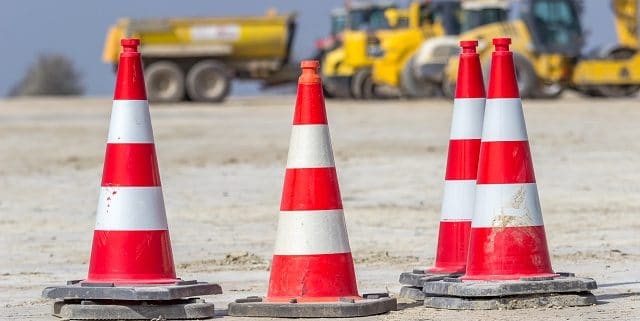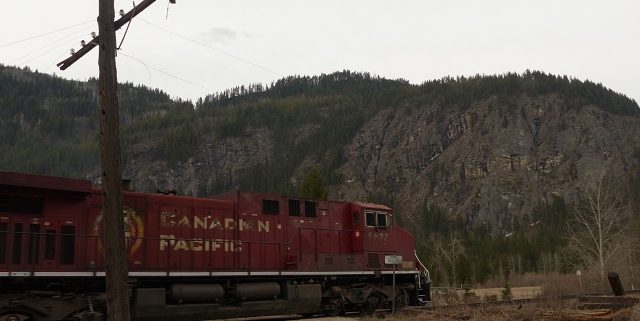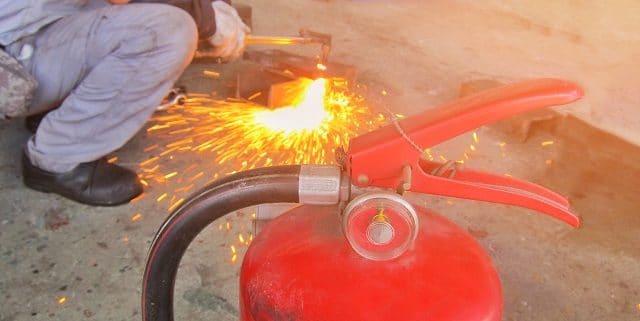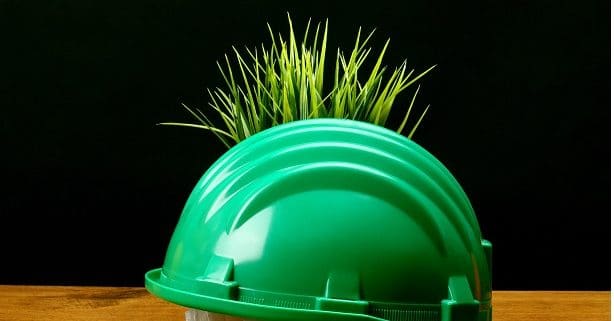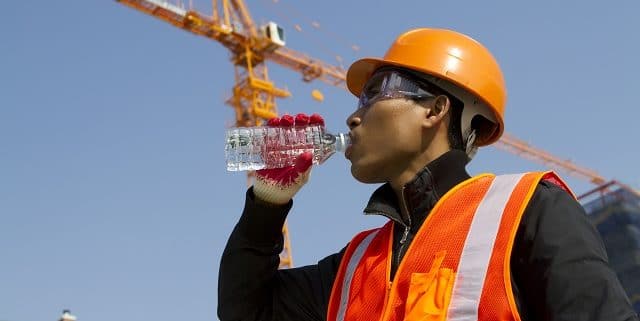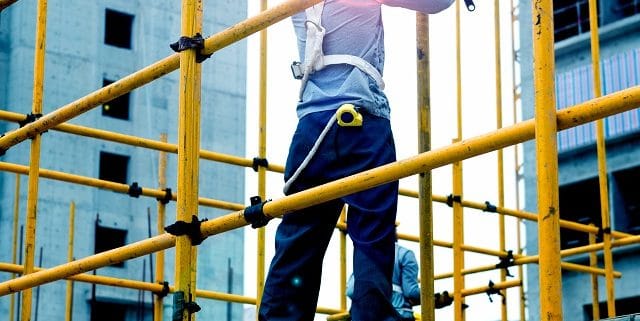The summer months are coming up and that means extreme temperatures. Which is great when you’re relaxing by a pool with a bevy; but when you’re working a physical job loaded with PPE, the novelty wears off pretty quick. Especially considering that heat exhaustion has some pretty scary symptoms and heat stroke can lead to death. Know the difference between the two and the symptoms to prevent any heat related illnesses.
Heat exhaustion has symptoms that can come out of nowhere. They include a crazy amount of sweating but skin is cool to the touch, faint feeling or dizziness, muscle cramps, dark colored urine (yes we are talking about pee right now), exhaustion (as per the name), headache, nausea and elevated heart rate. If not treated this could lead to heat stroke. Get out of the sun, go in the shade or better yet find air conditioning if you can. Drink a ton of water, elevate your feet and if you’re in a PPE free zone, strip off as much as you can to cool yourself.
Heat stroke takes heat exhaustion to the next level and is a medical emergency. Heat stroke can cause your temperature to reach 104°F or more! With symptoms that include difficulty breathing, absence of sweat, skin is dry to the touch, convulsions, fainting and unconsciousness, vomiting, diarrhea and an altered mental state. Some of your organs can even start to shut-down at these temperatures which can lead to brain damage and death. Call 911. While waiting for an emergency crew, cool the person as much as possible, take off clothing, spray with cool water, put ice packs or cold cloths under their armpits. Get them to drink if they are conscious and administer CPR if they stop breathing.
Thankfully both of these are completely preventable. Dress lightly… Now I guarantee that you won’t get the OK from your foreman to strip down to shorts and sandals. But, you can wear light colors, and not tight clothes (but not too loose either, that can be a different safety hazard), somewhere in the middle. Drink plenty of fluids. Try and stay away from sugary and caffeinated beverages. Watch the color or your urine (yes, we are talking about your pee again). The color should be clear or very light. If it’s a bit dark, you are dehydrated. Get some fluids in you as soon as possible. Take small breaks out of the sun. This doesn’t mean find a shady spot and relax all day… Your foreman definitely won’t OK this either. Take small breaks in the shade or somewhere that has AC. Lastly, always wear sunscreen.
With temperatures on the rise every year and the death toll rising with it, make sure you know the warning signs of heat exhaustion and heatstroke and do your best to prevent them, whether by the pool or on the job site.

